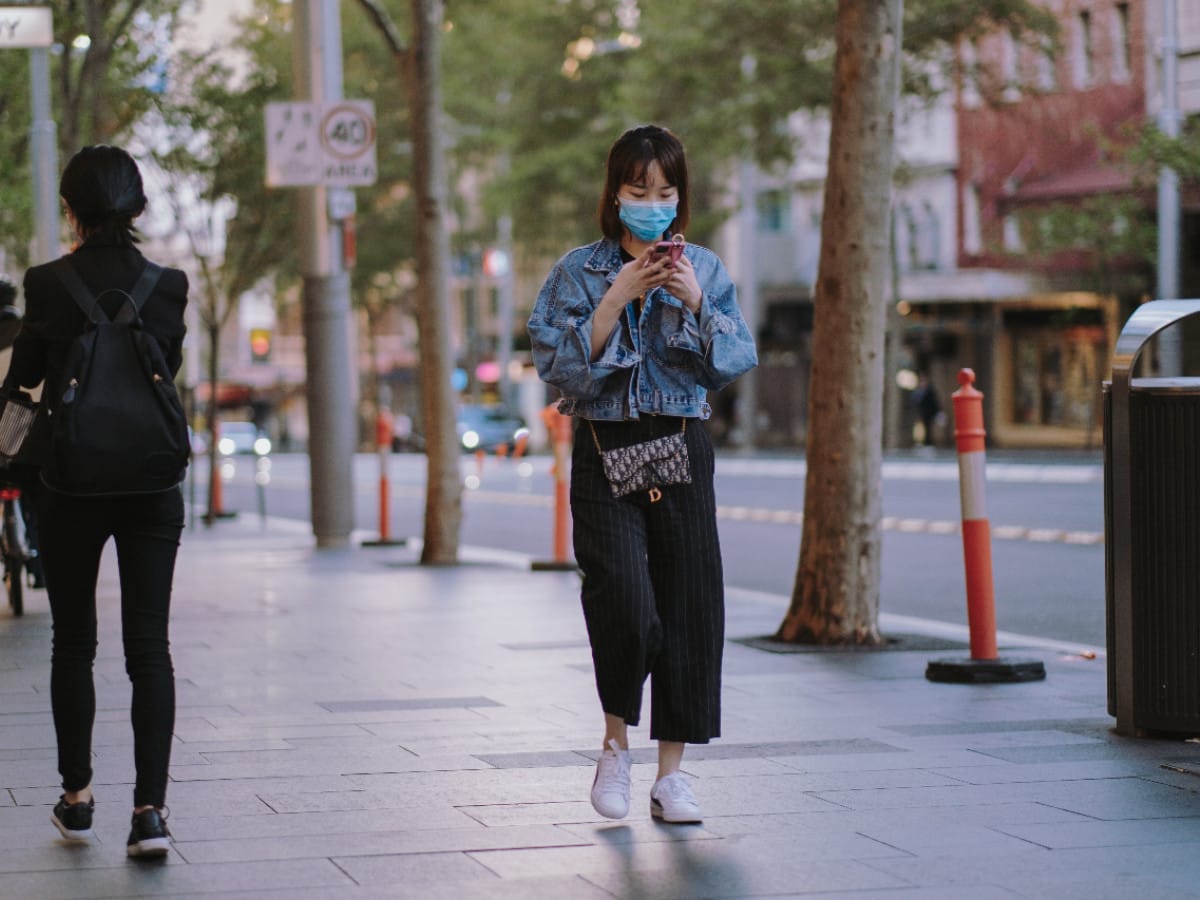- Tags:
- Manners / Smartphone
Related Article
-

Nose-Blowing and Facemasks Provide Surprisingly Deep Insight into Japan’s Social Norms and Facial Expressions
-

Give The Illusion Of A Lunchtime Mishap With Spilled Miso Soup Smartphone Stands
-

On Days When You Just Want To Leave Your Phone At Home, Slip On This Ring
-

Third of Service Industry Workers Banned from Wearing Masks Despite Coronavirus Outbreaks
-

This Palm-Sized Tiny Robot Cleaner “Swipes” Your Gadgets
-

Tips for smokers in 21st century Japan



At crowded public places in Japan, you are likely to see signs warning against aruki sumaho. Translated as "texting while walking," the postings warn pedestrians against using their smartphone while on the move at busy train stations, sidewalks, and other packed venues.
Conscientious people to their core, most Japanese are sensitive to the burden—or at least bad appearance—that walking while using a cellphone causes others. Sure enough, everyone is familiar with having to jump out of the way of a mindless commuter checking their messages. Fortunately, such occasions are far and few between in the land of the rising sun.
Nevertheless, incidences do occur. While most are likely just minor annoyances to passersby, some can be incredibly dangerous. In 2013 alone, for example, 18 people fell off train platforms due to a touchscreen distraction. As such, officials in Japan are ratcheting up the pressure on so-called "smartphone zombies," including introducing laws banning the bad habit.
Stopping Smartphone Zombies
The advent of smartphones has made life more convenient, but much less is said about the cost of being constantly connected. Frequent bombardment of blue light, neck-breaking bad posture, and a host of other problems resulting from overuse. However, in Japan, texting while walking has long been known to be the source of incidents and injury.
In the early days of smartphones, between 2009 and 2013, 122 people were reportedly rushed to the hospital due to accidents caused by aruki sumaho. In the same period, at least one death was caused by the dangerous habit as a man looking at his phone wandered on to a railway.
Japanese telecommunications giant NTT Docomo is well aware of the problem. After releasing a video simulation of the collisions caused by 1,500 people walking while texting, they noted that a pedestrian's field of vision is just five percent of the normal range when looking down at a cellphone. Adding to the problem, smartphone zombies walk at a much slower pace than normal pedestrians, which causes a backup in foot traffic while increasing the chances of collisions with bicycles.
For these reasons and more, the city of Yamato in Kanagawa Prefecture has introduced ordinances that will effectively ban using smartphones while walking. Through the action, the city hopes to educate residents about the dangers of texting while walking. While the road traffic act bans texting while driving or cycling, the Yamato law will be the first in the country targeting pedestrians using smartphones.
Former Incidents: Attacks on Smartphone Zombies
The ire surrounding poor smartphone etiquette has taken its toll in recent years. While countless signs warn against the behavior, some have gone as far as to say that the increase in the behavior is infringing on the "sense of social harmony."
It seems this sentiment is shared by many. Over recent years, smartphone zombies have found themselves regretting their cellphone addiction as irked pedestrians took out their frustrations against them. In 2017, for example, a 55-year-old lady was sent to the hospital after being body checked by an older man. The woman was casually looking at her phone while walking, the reason behind the attack that knocked her unconscious and fractured her skull.
On other occasions in 2019, a series of attacks against women texting while walking took place in Kanagawa Prefecture. Several women were knocked over, some experiencing bruises, broken bones, and other injuries. Police arrested a suspect who admitted to attacking smartphone zombies once every few days. According to the suspect, he began the string of attacks after being knocked down the stairs by a woman walking while texting.
However, it isn't always the texter who is on the receiving end of a public outburst. In 2016, police arrested a 30-year-old man after he assaulted a 72-year-old man who scolded him for texting while walking. The assailant had been drinking and lashed out against the elderly man who was angered by his cellphone usage. The older man was hospitalized and in serious condition following the incident.